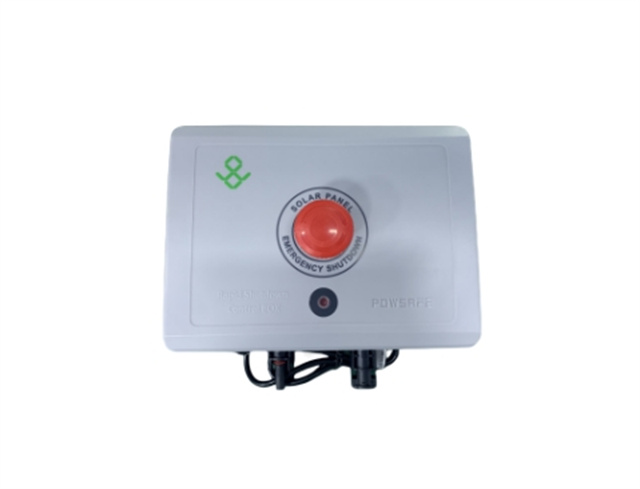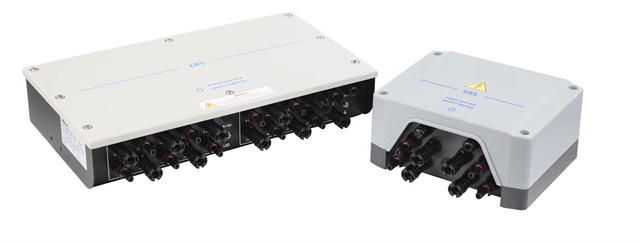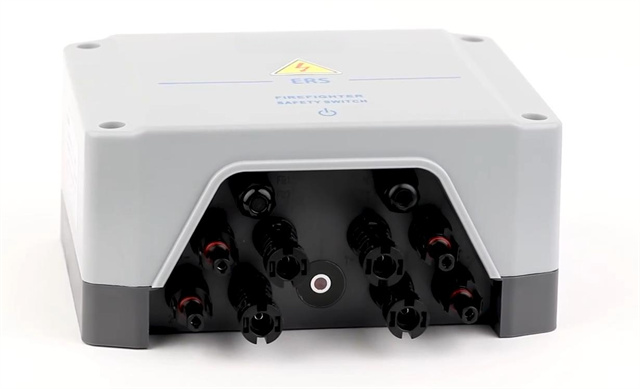Author:BLD Solar Energy SystemFROM:Solar System Converter Manufacturer TIME:2023-08-28
Market Analysis on Rapid Shutdown Requirements
The solar photovoltaic (PV) industry has witnessed significant growth in recent years, driven by the increasing demand for renewable energy sources. As the solar market continues to expand, it is crucial to evaluate and analyze various industry requirements to ensure the safety and efficiency of solar installations. One such requirement is the rapid shutdown requirement, which aims to enhance safety measures during emergencies and maintenance.

Rapid shutdown refers to the ability to quickly de-energize a photovoltaic system to reduce the risk of electrical hazards. It ensures that emergency responders and maintenance personnel can safely work on solar installations without being exposed to high voltage. Rapid shutdown requirements have been established to meet the National Electrical Code (NEC) standards in the United States and similar regulations in other countries.
There are two primary methods of achieving rapid shutdown: module-level and string-level. Module-level rapid shutdown uses power optimizers or microinverters attached to each solar panel to control the voltage output. On the other hand, string-level rapid shutdown employs devices installed at the string level to achieve the same objective. Both methods have their advantages and considerations, and it is essential for the industry to analyze the most suitable option based on installation scale, cost, and overall system performance.

The implementation of rapid shutdown requirements presents both challenges and opportunities for the solar PV industry. While the additional equipment and installation costs may pose financial challenges for project developers and installers, it also stimulates innovation and creates a new market for rapid shutdown devices.
Manufacturers of power optimizers, microinverters, and other rapid shutdown solutions have the opportunity to develop and improve their products to meet the increasing demand. This offers a competitive advantage to companies that can provide cost-effective and efficient rapid shutdown solutions that comply with industry standards.
Moreover, rapid shutdown requirements enhance the overall safety and reliability of solar installations, assuring end-users and insurance companies alike. This builds confidence in the technology and increases its adoption rate, leading to further market growth. The increased awareness and education regarding rapid shutdown also present an opportunity for training providers and industry professionals to offer specialized courses and certifications.

The enforcement of rapid shutdown requirements varies across regions and countries. While some have already adopted strict regulations, others are in the process of implementing or evaluating the feasibility of such requirements. It is crucial for the solar PV industry to stay updated on the evolving regulations and ensure compliance to avoid any legal and safety-related issues.
Looking forward, the future of rapid shutdown requirements in the solar industry seems promising. With the continuous development of renewable energy policies and efforts to improve safety standards, it is likely that more regions will adopt and enforce rapid shutdown requirements. This, in turn, would drive innovation, standardization, and cost optimization in the rapid shutdown device market, benefiting both industry stakeholders and end-users.
In conclusion, rapid shutdown requirements play a vital role in enhancing the safety and efficiency of solar photovoltaic installations. They present both challenges and opportunities for industry players, stimulating innovation and creating a new market. As regulations evolve, it is essential for stakeholders to stay informed and compliant to leverage the market potential while promoting a safer and sustainable solar industry.
